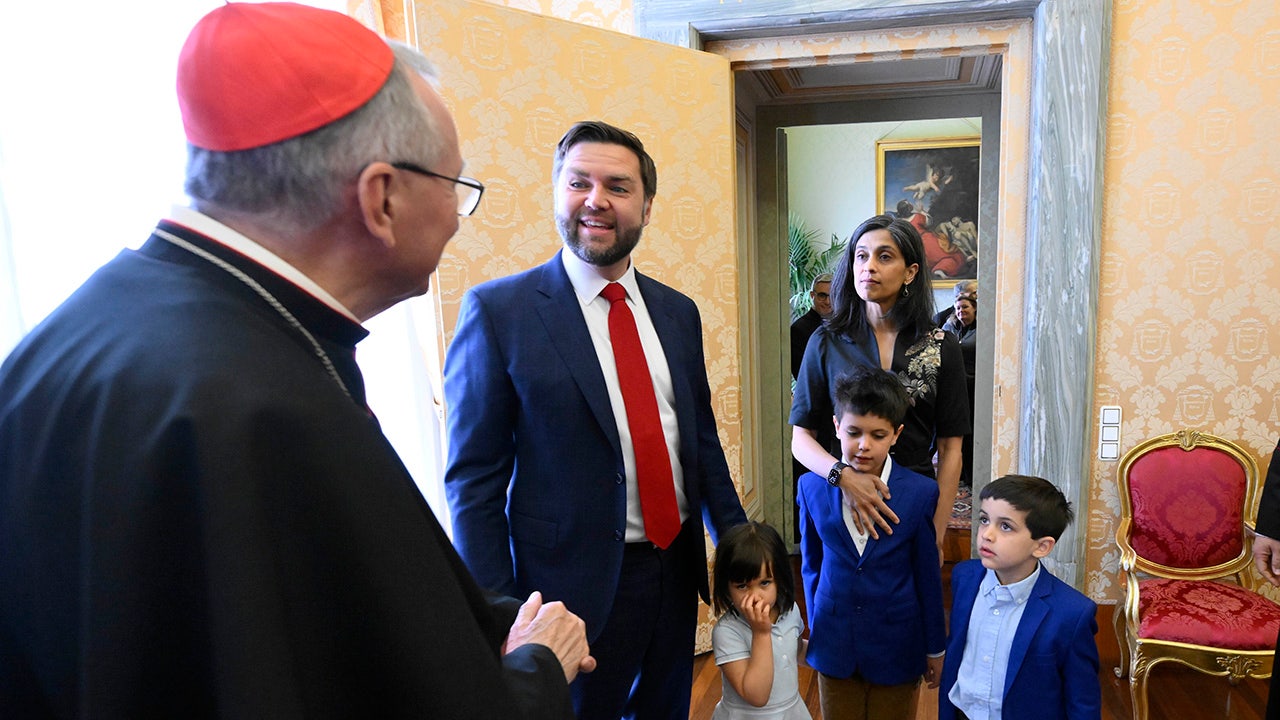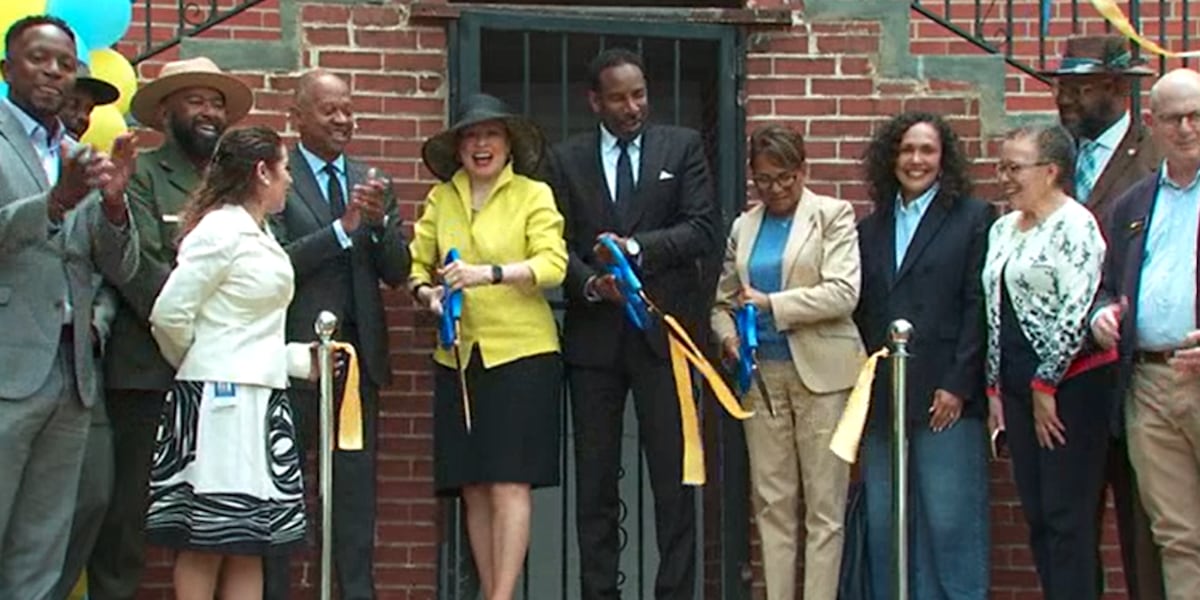Seattle, WA
Rays Add Depth Without Using 40-Man Space, Seattle Scoops DFA’d Bazardo

When trades occur that aren’t quite big enough to merit their own post, we sometimes compile our analysis into a compendium like this, where we touch on a number of transactions at one time. In this dispatch, I’ll cover the Rays’ trades for upper-level depth (pitchers Manuel Rodríguez and Adrian Sampson from the Cubs, and catcher Alex Jackson from the Brewers), as well as the Mariners/Orioles swap of Logan Rinehart and Eduard Bazardo.
The Rays acquired Adrian Sampson, Manuel Rodríguez, and $220,000 of international free agent bonus pool space from the Cubs for minor league pitcher Josh Roberson. Sampson, 31, was originally the Pirates’ 2012 fifth round pick. He made the big leagues with the Mariners in 2016 and then began to hop around the fringes of various rosters, which is part of what led to his 2020 jaunt to the KBO before a return to MLB with the Cubs. He made 19 starts for the Cubbies in 2022 as a long-term injury replacement, but he has missed most of 2023 due to a knee surgery from which he only recently returned. Sampson has been sitting 90-91 mph during each of his last two minor league starts. He does not occupy a 40-man roster spot and should be considered injury replacement depth for the Rays.
Twenty-six-year-old Mexican reliever Manuel Rodríguez (he turns 27 next week) had a 2021 velo spike and made his big league debut that season, but his fastball’s shape isn’t conducive to missing bats despite his plus arm strength (he averages 97 mph), and Rodríguez’s command further detracts from his stuff’s ability to play. He was removed from the Cubs 40-man roster, cleared waivers, and was outrighted to Triple-A Iowa this year, where he has struck out 13/9 IP and walked nearly 5/9 IP. He’s still sitting 96-97 but has begun to take a slider-first approach to pitching, which is common for pitchers whose fastballs play down, especially in the zone, due to lackluster shape and movement. Rodríguez’s power slider moves like an 87 mph curveball and is at times a devastating pitch, but he often isn’t in counts where he can deploy it for chase. Both Rodríguez (most likely) and Sampson provide the Rays with a guard against a rash of injuries without occupying a spot on their 40-man roster unless they absolutely have to.
On the flip side, the Cubs are getting a lightning-armed, enigmatic righty in the 27-year-old Roberson. He has an upper-90s fastball, an upper-80s slider, and very little idea where either is going. He’s walked 13-15% of opposing hitters each of the last three years but certainly looks the part of a good big league reliever both athletically and from a stuff standpoint. Roberson has a 4.50 ERA in 36 innings at Triple-A Durham this year. He is the only one of these three pitchers who is still prospect-eligible — you can read more about him on the Cubs list here. With a hot finish to the season (and maybe a Fall League look, as Roberson hasn’t pitched a ton of innings), he’ll put himself in the fringe of the Cubs’ 40-man roster considerations.
In a similarly-structured move, the Rays added catcher Alex Jackson from the Brewers in exchange for Triple-A starter Evan McKendry. Francisco Mejía’s recent injury means Blake Hunt would be their best option should anything happen to either Christian Bethancourt or René Pinto throughout the rest of the season. Hunt has had a fairly good season with the bat but has relatively little experience above Double-A. Jackson, a former sixth overall pick, has long been a bat-first catcher whose defensive issues have kept him from establishing himself as a career big leaguer. Now 27, he’s hitting .286/.360/.554 at Triple-A Nashville with a 58% hard-hit rate, but a lot of chase, and his receiving is in a viable place now. He’s still a flawed player because his approach is so bad, but Jackson has rare power for a catcher and, like the arms who came over from Chicago, can act as depth without taking up a 40-man spot.
The Brewers get Evan McKendry, a 25-year-old kitchen sink righty with a 4.00 ERA and 5.02 xFIP across 96.2 innings at Triple-A Durham. McKendry makes heavy use of an upper-70s sweeper, but his low-90s fastball and low-80s changeup are his best ways to miss a bat. McKendry’s funky delivery is deceptive and confusing. He shows hitters the baseball up above his head before transitioning into a fairly typical body position at release. McKendry can manipulate shape and angle with cutters, four-seamers and two-seamers, and then use his slower slider and changeup to change speeds, which in concert with his deceptiveness makes him an interesting “look” reliever who could work in long low-leverage relief.

Speaking of fringe 40-man relievers, the Mariners acquired recently DFA’d righty Eduard Bazardo from the Orioles for 25-year-old High-A righty Logan Rinehart. The 27-year-old Bazardo originally came through Boston’s system and debuted with them before electing free agency and signing a minor league NRI deal with the Orioles in December of 2022. He posted a 3.05 ERA and 42 strikeouts in 38 innings with Triple-A Norfolk prior to a brief big league stint with Baltimore just before he was DFA’d.
Bazardo has a mid-90s sinker/curveball mix that should enable him to pitch as an up/down reliever, like he has for a while now. The shape of his fastball and slider together doesn’t facilitate optimal playability for either pitch, but Bazardo’s raw breaking ball quality is comfortably plus. The Mariners have had success with sinker/sweeper arms while the Orioles clearly have a preference for pitchers with vertically-riding fastballs, which Bazardo’s is not. As the Mariners postured as sellers ahead of the deadline, the line between the talent in the back half of their bullpen and the guys at Triple-A blurred. Bazardo is a “maybe” long-term fit for middle-inning work in Seattle.
For a player they were otherwise likely to lose on waivers, the Orioles get Rinehart, a 2019 16th round pick out of Cal Baptist who has had a dominant 2023 season at High-A. Rinehart has moved from the rotation to the bullpen while repeating the Northwest League, and ran a 2.84 ERA across 28 innings before the deal. He has a four-seamer, slider, and changeup that all mix into his approach evenly at about 33% each, with his slider edging out the others at 39% usage. His changeup and slider both sink and diverge in opposite directions, which has been a nightmare for A-ball hitters to parse because of the way Rinehart mixes everything so evenly. He’s an Honorable Mention type of prospect who looks like a depth starter.

Seattle, WA
Dad at Vancouver Filipino festival still processing deadly car ramming: 'We're all shaken up'

The deadly car ramming attack in Vancouver is sending shock waves through the Filipino community. Several people were killed and dozens were hurt in the incident Saturday night.
ABC7 News talked to a Seattle man who was there. Devin Cabanilla, a dad from Seattle, was sharing on Instagram his tremendous relief.
“Good morning, everybody. Thanks to everybody who messaged or called. This is just faster. I’m safe. The kids are safe, especially,” Cabanilla said.
He also expressed his utter devastation.
“We’re all shaken up knowing that the people around us may not be alive. It’s really bizarre just knowing what happened around us,” Cabanilla said.
Murder charges filed after 11 killed, dozens injured as driver plows into crowd: Vancouver police
Cabanilla said the annual block party was supposed to be a joyous celebration of Filipino culture as part of Lapu Lapu Day.
He was among 20 Seattle parents and kids at the festival. They were participating in a dance performance.
Cabanilla and his family were leaving Saturday when chaos ensued in the Sunset District of Vancouver. They didn’t know anything was wrong until they got a call. Cabanilla talked to ABC7 News by phone what happened.
“Our dance director called us frantically saying, ‘Where are you. Are you safe? Something has happened.’ It was just a shock. They say there were police and ambulances all over here,” Cabanilla said.
Cabanilla said the massive festival was eight blocks long and everything seemed so safe. He broke down in tears on the phone as he struggled to process why the attack happened.
“I saw so many babies on the street. There were so many babies on the street, kids just eating ice cream, on their parents’ shoulders. That’s all I think about. And my kids were just walking around too. I’m sorry,” Cabanilla said.
Cabanilla said everyone in his large group is safe. But he’s worried and wondering about the vendors he knew right beside Fraser Street where the attack happened. He mentioned one vendor in particular.
“Her booth was next to the street where the incident was. Yeah, I haven’t heard back from that vendor yet,” Cabanilla said.
Saturday night’s car ramming attack is still under investigation. But police do not believe the incident was terrorism-related.
Sunday night, the community in Vancouver held a vigil for those killed and injured.
Bay Area Filipino community members ABC7 News talked with say they are checking with groups like Bayan Canada. They’re watching and waiting to see what they can do to help.
Copyright © 2025 KGO-TV. All Rights Reserved.
Seattle, WA
Seattle Mariners Get Positive Injury Update on Slugging First Baseman After HBP Scare

The Seattle Mariners drubbed the Miami Marlins 14-0 on Saturday night at T-Mobile Park.
With the win, the Mariners are now 15-12 on the season and they own a share of first place with the Texas Rangers.
Seattle got big nights from everywhere in the lineup, with Jorge Polanco going 2-for-4 with two homers, three runs scored and two RBIs. Mitch Garver and Julio Rodriguez each homered, while Ben Williamson had four RBIs and Miles Mastrobuoni added three.
Starting pitcher Luis Castillo threw six scoreless innings to get back on track. He struck out five, lowering his ERA to 3.62 for the season.
The M’s also got some good news after the game on first baseman Rowdy Tellez, who left the game early after being hit by a pitch with the bases loaded.
Adam Jude of the Seattle Times reports that X-rays on his left hand were negative. It’s unknown if he’ll be in the lineup for the series finale on Sunday.
Rowdy Tellez says X-rays on his hand were negative.
— Adam Jude (@A_Jude) April 27, 2025
Signed to a minor league deal in spring training, Tellez made the team on the heels of a strong camp. Though he’s hitting only .170 this season, he does have four homers and 12 RBIs. He homered in each game of last weekend’s series win against the Toronto Blue Jays.
Lifetime, he’s a .233 hitter with 109 homers and 331 RBIs.
The Mariners will go for a series win on Sunday afternoon when they take on the Marlins again at 1:10 p.m. PT.
M’s rookie Logan Evans will make his major league debut against Max Meyer.
NEW PODCAST IS OUT! Brady is back for another episode of “Refuse to Lose,” talking about the series win in Boston, a milestone for Julio Rodriguez, the offensive resurgence and much more, including Dylan Moore’s new approach at the plate. Curtis Rogers, the pre and postgame show host on Seattle Sports 710 stops by. CLICK HERE:
WS BOUND? Buster Olney of ESPN certainly had fans excited when he mentioned Mariners and World Series in the same sentence. CLICK HERE:
ROSTER SHIFTING: In the wake of the Logan Gilbert IL news, the Mariners have made multiple roster moves. Who’s in and who’s out? CLICK HERE:
Continue to follow our Inside the Mariners coverage on social media by liking us on Facebook and by following Teren Kowatsch and Brady Farkas on “X” @Teren_Kowatsch and @RefuseToLosePod. You can subscribe to the “Refuse to Lose” podcast by clicking HERE.
Seattle, WA
Robbie Ouzts Drafted in the 5th round by the Seattle Seahawks

In a surprising move, the Seattle Seahawks selected Robbie Ouzts with a compensatory pick at the end of the 5th round. Most projections had Ouzts going undrafted, so seeing him called in round 5 signifies the team sees a specific purpose for the unique player.
Ouzts had very little production as a tight end at Alabama over his few years as a starter, but was always a trusted blocker for the Tide. I had personally said leading up to the draft that I thought Ouzts was about 20 years too late to football, and he had the body type to be a legitimate fullback in the 2000s.
Well, the Seahawks immediately announced Ouzts as a fullback and not a tight end, so it seems they agree. They just fired offensive coordinator Ryan Grubb and his Air Raid/Spread college offense and hired Clint Kubiak, who ran an offense with the New Orleans Saints (and the 49ers before that) that actually did regularly use a fullback, so the Seahawks are likely looking at Ouzts to be a day 1 starter at a new position for them.
Roll Tide, Robbie, and may you carve out a long NFL career in a position that didn’t exist in the college game!
-
News1 week ago
Harvard would be smart to follow Hillsdale’s playbook. Trump should avoid Biden’s. | Opinion
-

 Politics7 days ago
Politics7 days agoVideo: Hegseth Attacks the Media Amid New Signal Controversy
-

 Culture5 days ago
Culture5 days agoNew Poetry Books That Lean Into Calm and Joy Amid Life’s Chaos
-

 News1 week ago
News1 week agoMaps: Where Do Federal Employees Work in America?
-

 Technology1 week ago
Technology1 week agoPete Hegseth reportedly spilled Yemen attack details in another Signal chat
-

 Politics1 week ago
Politics1 week agoPope Francis and US presidents: A look back at his legacy with the nation's leaders
-

 World7 days ago
World7 days agoNew Zealand’s minor gov’t party pushes to define women by biological sex
-

 Politics1 week ago
Politics1 week agoJD Vance has ‘exchange of opinions’ on issues like deportations during meeting with top Vatican official













